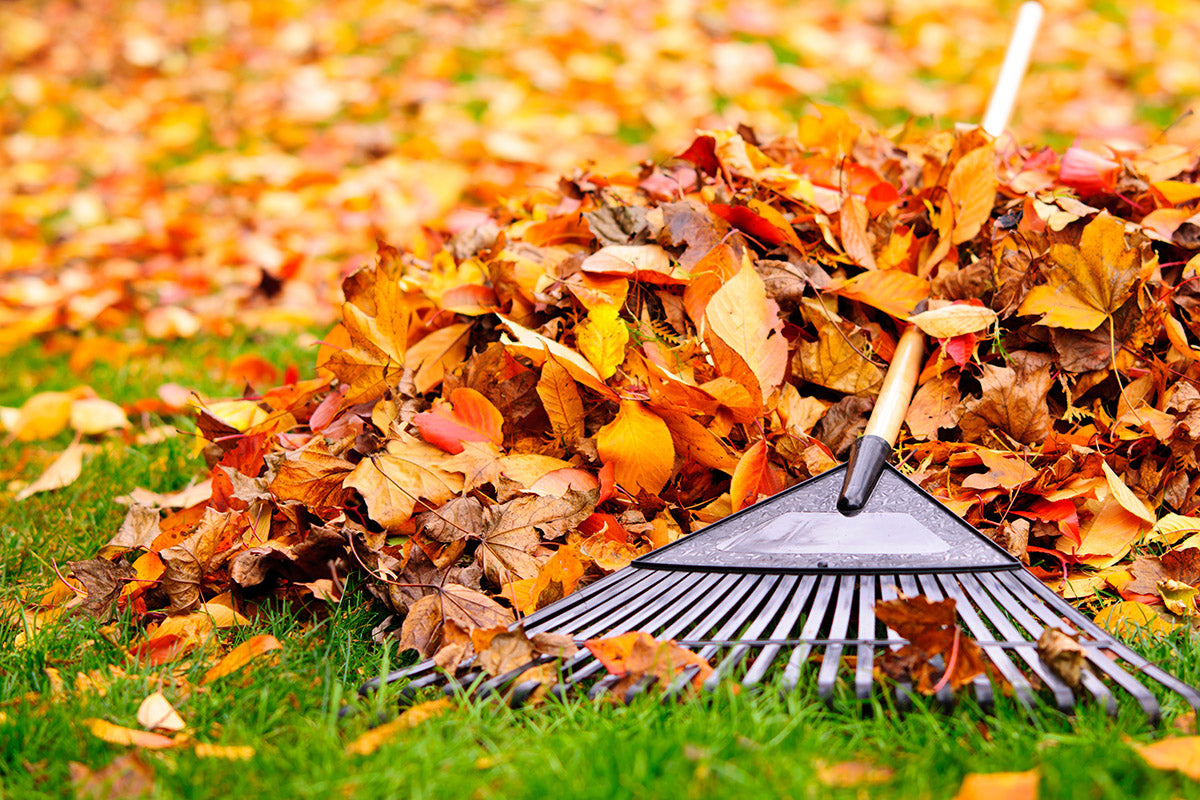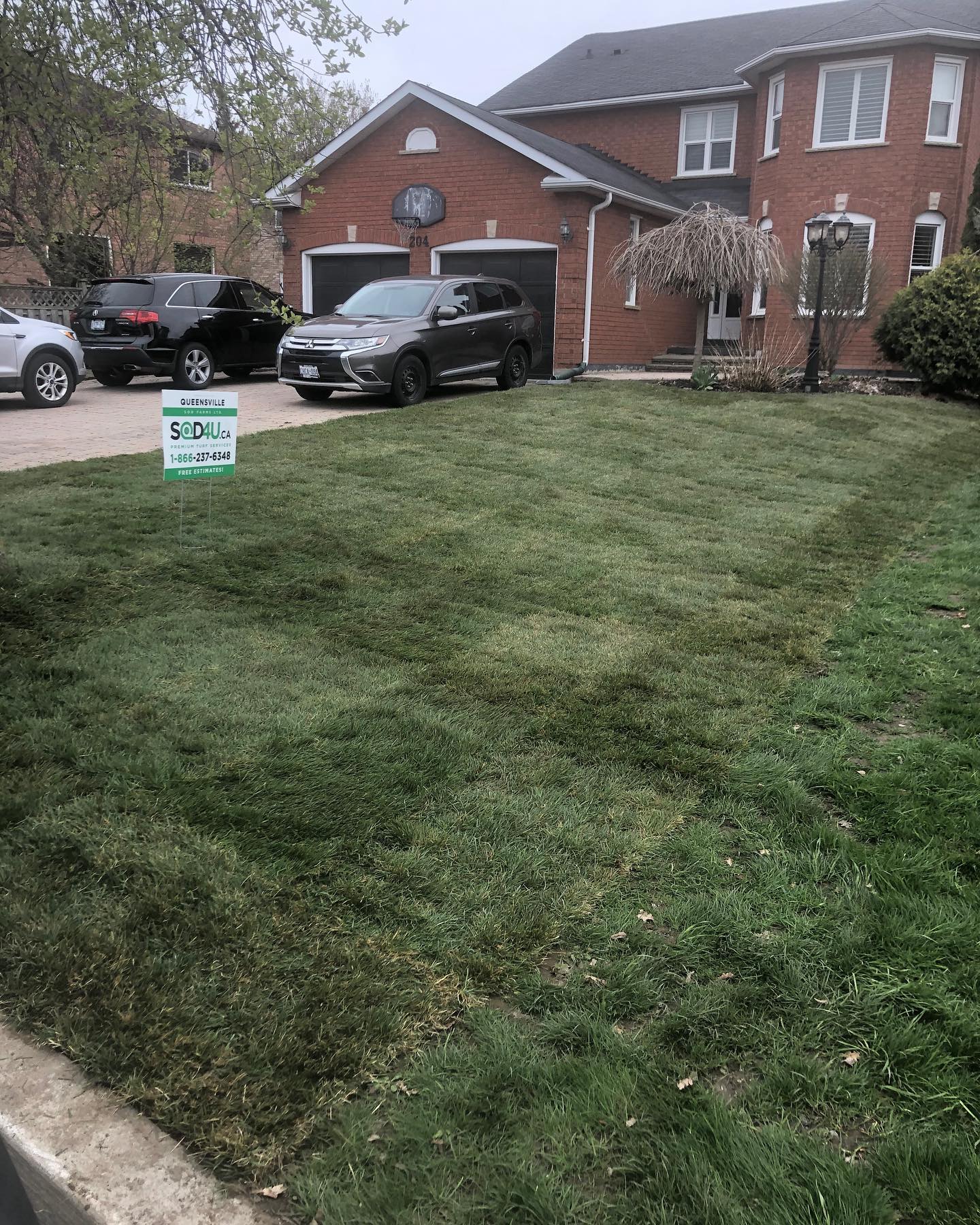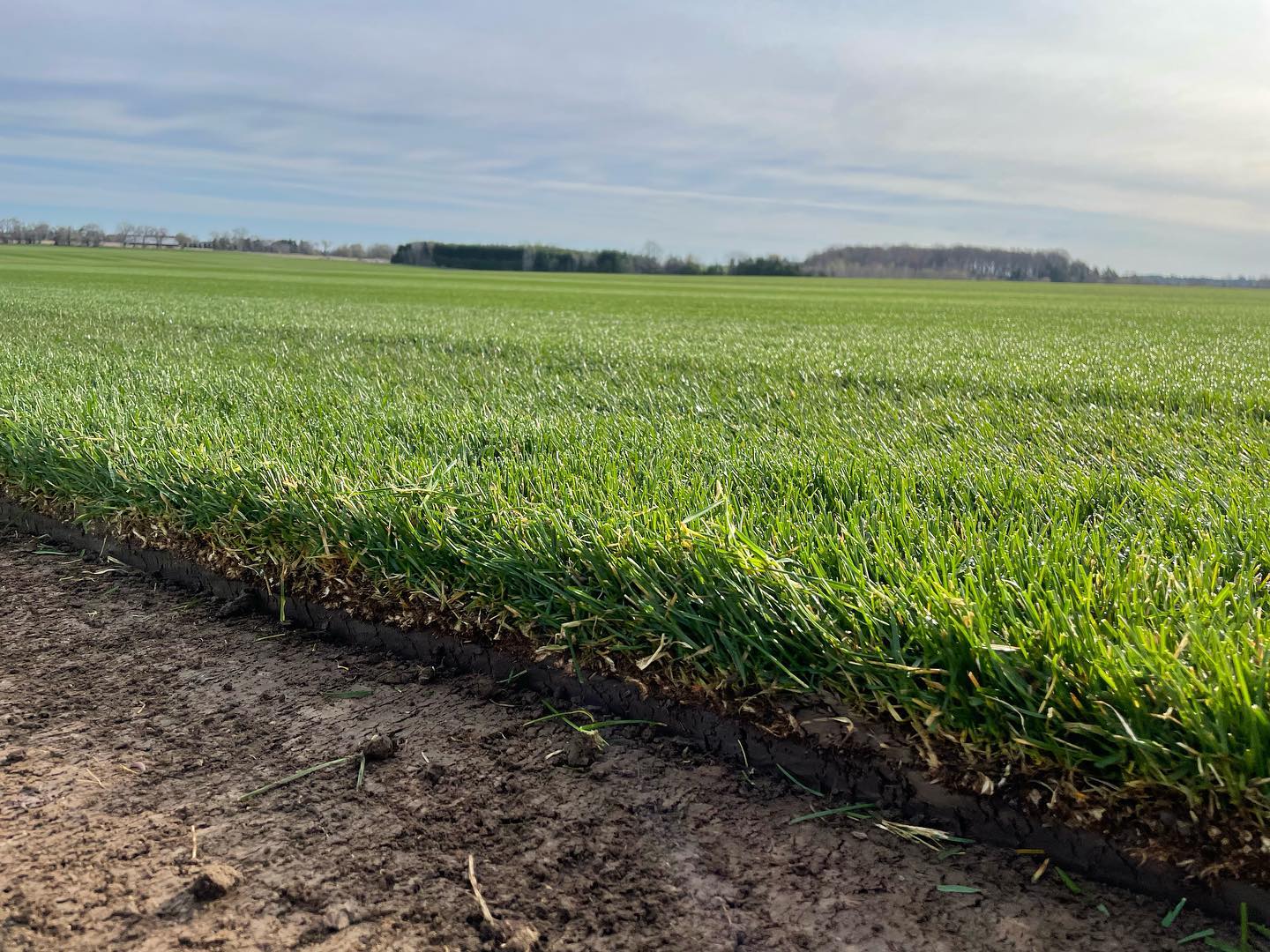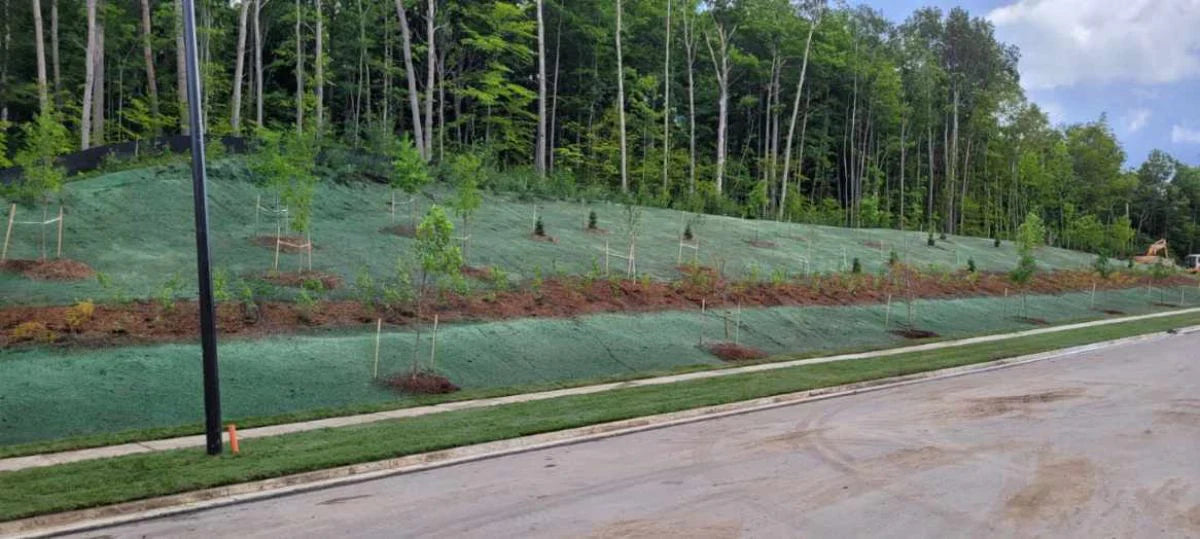Hot summers can be relaxing for us, but by the end of the sunny season your lawn and grass can become stressed from the heat and drought. Sod stress is typical for the end of summer and can be managed with proper watering and various other strategies. While the fall will bring your grass some relief, the seasonal transition can also bring some new hurdles. Here’s how to best deal with sod stress at the end of summer and prepare your lawn for the new season.
Remove Dead Leaves, Plants, and Branches
Most fallen leaves are right around the corner in autumn, but the summer heat creates plenty of its own dead leaves, branches, and plants. These will block the sun and stress your sod, preventing it from bouncing back to its healthy and usual green. Clean up and remove these leaves, branches, and plants from your yard to give your grass an optimal growing space as the summer winds down.
Pull Weeds
While summer’s dry growing conditions left your grass dormant, hardier weeds may have used the opportunity to dominate your yard. As the transition to fall lowers the temperature, your grass will start to revive. As a result, it will need precious nutrients and water to bounce back. Those same nutrients and moisture will be valuable for weeds looking to conquer your yard. Pull all the encroaching weeds at the end of summer so that your grass and sod don’t have to stress and fight for that moisture and nutrients.
Fertilize
Any turn of the season is a great time to fertilize your lawn, especially later summer and early fall. This is when your grass starts to revive. Queensville Sod offers both Summer and Fall fertilizers to cover both seasons so you can be sure your sod and grass receive all the essential nutrients in each season. Fall fertilizer is especially suited for preparing your soil for the snowy winter. When the season turns back to spring you can again prepare your lawn with our Spring fertilizer
Prepare to Mow Your Lawn
As grass goes dormant in the summer, you don’t want to cut your grass. However, as the temperature drops and moisture returns, your grass will start growing again. Ensure your mower is ready to return to its line of duty.
Repair Your Lawn - Seed Bare Grass Spots
With the combination of harsh heat, encroaching weeds, and dead debris, some patches of your lawn might have died over the summer. It happens. Late summer and early fall are a great time to seed any of those bare spots. The lower temperatures and increased moisture will provide perfect growing conditions to start new growth in these areas. The end of summer also usually means the end of water restrictions, providing the perfect time to water that new seed. If the lawn needs more general invigoration, you may want to consider top dressing.
Lay Sod
If the damage over time is more severe or your yard is in need of a full refresh by the end of summer, Fall is an excellent time to lay sod. Throughout the fall the sod can take root before the winter comes. Even late fall before snow has fallen is a great time to lay sod. It will patiently wait until Spring to take root.
Fall is an Exciting Time for Your Yard
The end of summer is an exciting time as your lawn enjoys precious moments of growth before another period of dormancy in the winter. With these tips you can be sure you’re helping your lawn get the most of this period of revival. If you’re looking for more tips on how to help your lawn or are looking for some fertilizer, seed, or sod, be sure to contact the experts at Queensville Sod.





